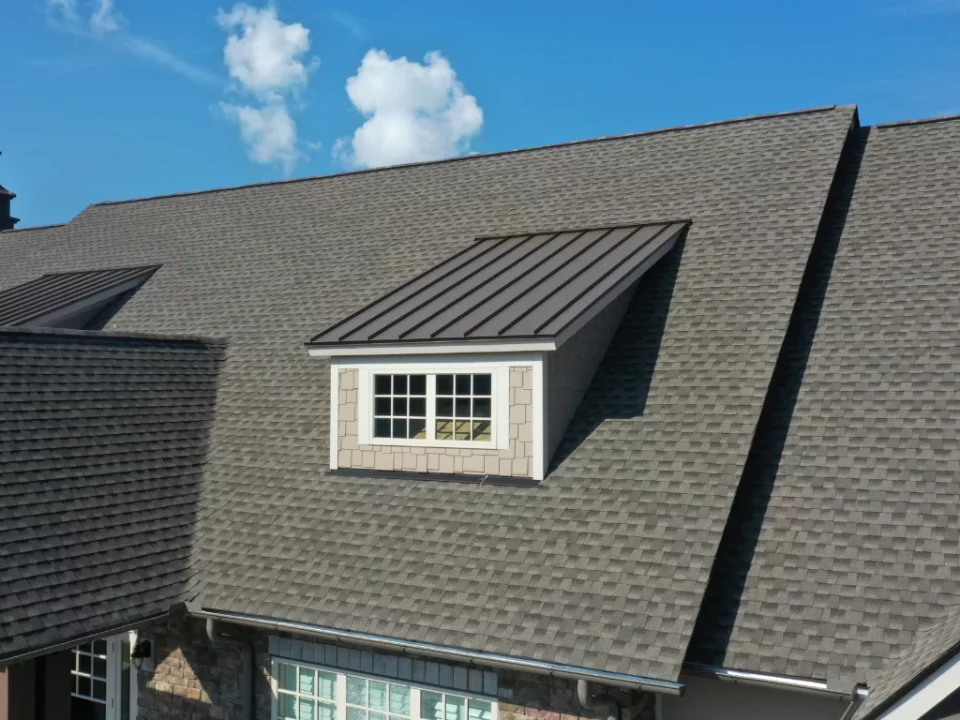The Evolution of Roof Installation Techniques: What You Should Know
Roof installation techniques have come a long way over the years, with significant improvements in both materials and methods. Understanding the evolution of roof installation techniques can help homeowners make informed decisions when it comes to roof replacement or installation. This article explores the advancements in roof installation and what you should know to ensure your roof is both durable and efficient.
How Roof Installation Techniques Have Evolved Over Time
Historically, roofs were made from simple materials such as thatch, wood, and clay tiles, offering basic protection from the elements. As technology progressed, so did the materials used in roof installation. The introduction of asphalt shingles in the early 20th century marked a major turning point. These shingles provided a more affordable and durable alternative to wood shakes, which were prone to rot and damage from insects. Asphalt shingles quickly became the most common roofing material due to their cost-effectiveness and ability to withstand the elements.
In recent decades, the evolution of roof installation techniques has focused on energy efficiency, sustainability, and durability. New materials, such as metal roofing, have gained popularity due to their long lifespan and ability to withstand extreme weather conditions. Metal roofs are fire-resistant, lightweight, and provide excellent insulation, making them a highly sought-after option for modern homes. Alongside metal roofing, synthetic materials like rubber and composite tiles have emerged as alternatives that mimic the look of traditional materials while offering increased durability and lower maintenance requirements.
Modern Roof Installation Techniques for Better Performance
Modern roof installation techniques go beyond simply choosing the right materials. One of the key advancements is the use of advanced underlayment systems, which act as an extra layer of protection beneath the roofing material. These underlayments are designed to prevent water infiltration and protect the roof deck from damage, especially in areas with heavy rainfall or snow. High-quality underlayments are now a standard practice in most roof installations, ensuring that the roof remains watertight and resistant to leaks.
Additionally, roofers today use more precise and efficient tools to install roofs. The use of drones for roof inspections has made it easier to assess the condition of a roof and identify areas that require repair or replacement. 3D modeling technology also allows for better planning and measurement before installation begins, ensuring that materials are cut to fit perfectly and minimizing waste.
The incorporation of ventilation systems into roof installation has also become a crucial part of modern roofing techniques. Proper ventilation helps regulate attic temperatures, preventing heat buildup that can damage roofing materials and increase energy costs. Attic ventilation systems, such as ridge vents and soffit vents, work together to improve airflow and extend the life of the roof.
The evolution of roof installation techniques has led to significant improvements in the longevity, efficiency, and performance of modern roofs. From the early use of basic materials to the introduction of high-tech tools and energy-efficient solutions, roofing technology continues to advance. By understanding these changes, homeowners can make better decisions when it comes to installing or replacing their roofs. Modern techniques offer enhanced protection, lower maintenance costs, and long-term durability, making them an excellent investment for the future of your home.
Read More:
Expert Tips on Roof Installation Techniques for a Seamless Finish
Top Roof Installation Techniques for Long-Lasting Durability





